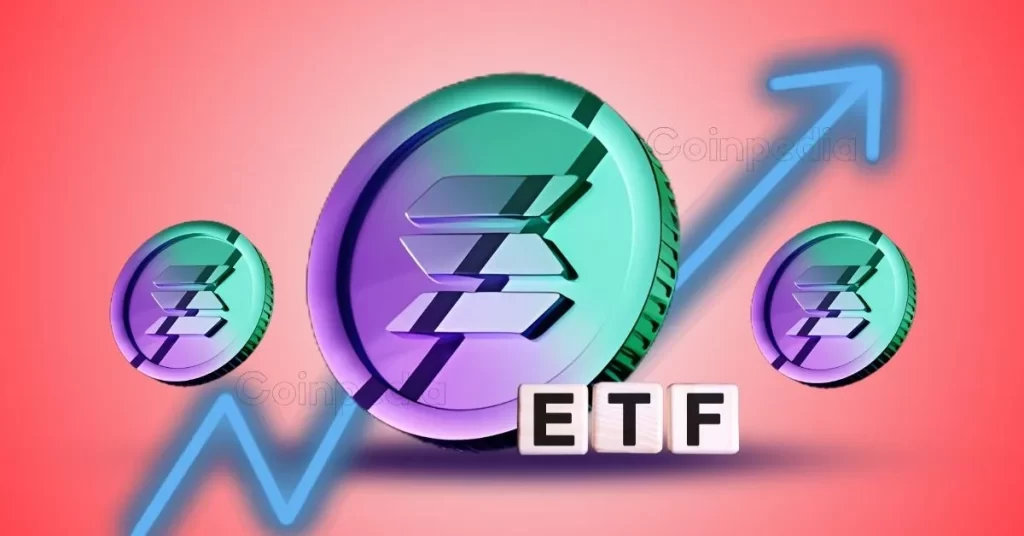ARTICLE AD BOX

The post Pi Network Price Must Drop Below $0.40 To Trigger Rally, Here’s Why appeared first on Coinpedia Fintech News
Pi Network’s price momentum appears to be weakening, and it may soon fall below $0.40. Despite recent announcements about ecosystem growth and app hosting, experts hint that most of the positive developments have already been factored into the price, leaving little support for current levels.
Factors Behind the Bearish Outlook
1. Pi2Day Hype Fully Priced In: The excitement around June’s Pi2Day event, AI collaborations, new merchant listings, and ecosystem applications briefly boosted market sentiment. However, these announcements were driven by emotion rather than real capital inflows, and the price impact has already faded.
2. Large Token Unlock Expected in July: In July, more than 276 million PI tokens, accounting for 3.7% of the circulating supply, will be unlocked. With no new developments expected in the immediate term, this increase in available tokens is likely to add selling pressure, prompting cautious or bearish market behavior.
3. Short-Lived Price Rallies: Historically, Pi Network’s price surges have been brief. Events like the Mainnet launch and Pi2Day celebrations have triggered short-term spikes, typically lasting less than a week, before prices returned to previous levels. As a result, professional traders remain hesitant to hold long positions.
4. $0.40 as a Key Support Level: Technicals point $0.40 both a critical chart support and a psychological threshold. A drop below this level could trigger buying interest, creating a triple-bottom pattern that might support a future recovery.
New Developer Hosting May Support Long-Term Growth
While short-term price forecasts remain bearish, Pi Network recently introduced an update to its platform that could strengthen its ecosystem. The core team announced it would begin directly hosting developer applications, removing the need for external infrastructure like servers and security systems.
This change is expected to lower the barrier for developers, enabling faster, easier creation of applications that use Pi for payments and transactions. It could help attract more developers to the platform and gradually increase the utility and use cases for the Pi token.
.png)
 3 hours ago
1
3 hours ago
1








 English (US)
English (US)